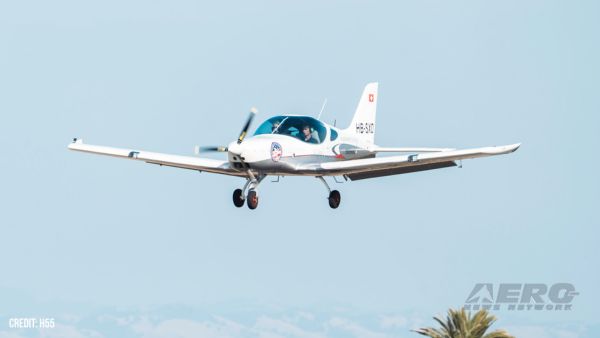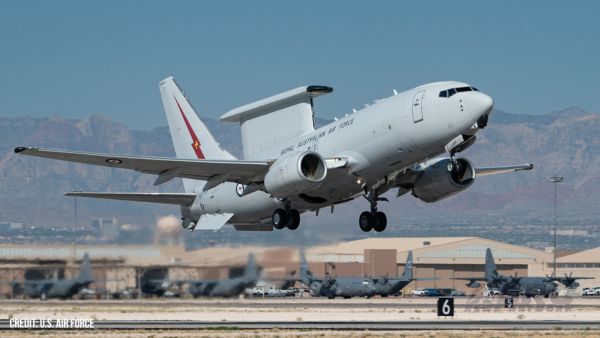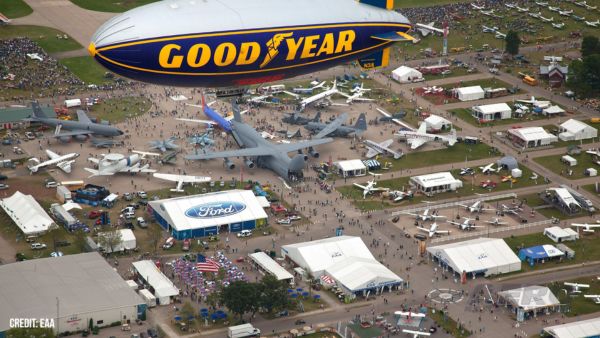Mon, Aug 25, 2014
Analyst Frost & Sullivan Finds Market Earned Revenue Of $1.24 Billion
In 2013, for the third year in a row, the annual global production of commercial aircraft crossed 1,000 aircraft per year. In the next 20 years, the aerospace industry is expected to have an additional 34,000 commercial aircraft. The frenzied activity in this industry is expected to ripple into the sensor market. Sensor manufacturers have been developing technologically superior sensors to keep pace with airlines, which are updating their fleets with new fuel-efficient aircraft in order to stay competitive.

New analysis from Frost & Sullivan, "Analysis of Sensor Market in the Global Aerospace Industry", finds that the market earned revenues of $1.24 billion in 2013 and estimates this to reach$2.44 billion in 2020. The aerospace industry has been segmented into commercial and general aviation.
"The increase in fuel costs is driving the demand for fuel-efficient aircraft with next-generation engine technology and new jet power plants," said Frost & Sullivan Measurement & Instrumentation Senior Industry Analyst Sankara Narayanan. "These innovations are compelling sensor manufacturers to develop advanced sensors that offer compactness, low cost, reduced complexity, interoperability and ability to communicate with other sensors."
Delivering cutting-edge sensors for aircraft requires highly skilled employees and extensive coordination and integration with suppliers. As the design and production of aircraft is complex, the sensors have to be equally sophisticated. The aerospace industry has always been a trailblazer in sensor technology development and a new wave of technology awareness is spurring research in more advanced sensors for numerous aircraft applications.
"The measurement of critical parameters such as level, temperature, vibration, pressure, flow and position will remain critical for a safe flight," noted Narayanan. "Therefore, as long as airlines continue to build and fly aircraft, there will be a demand for sensors in the aerospace industry."
More News
He Attempted To Restart The Engine Three Times. On The Third Restart Attempt, He Noticed That Flames Were Coming Out From The Right Wing Near The Fuel Cap Analysis: The pilot repor>[...]
Make Sure You NEVER Miss A New Story From Aero-News Network Do you ever feel like you never see posts from a certain person or page on Facebook or Instagram? Here’s how you c>[...]
From 2009 (YouTube Edition): Leading Air Show Performers Give Their Best Advice for Newcomers On December 6th through December 9th, the Paris Las Vegas Hotel hosted over 1,500 air >[...]
Aero Linx: NASA ASRS ASRS captures confidential reports, analyzes the resulting aviation safety data, and disseminates vital information to the aviation community. The ASRS is an i>[...]
“For our inaugural Pylon Racing Seminar in Roswell, we were thrilled to certify 60 pilots across our six closed-course pylon race classes. Not only did this year’s PRS >[...]
 NTSB Final Report: Rutan Long-EZ
NTSB Final Report: Rutan Long-EZ ANN FAQ: Turn On Post Notifications
ANN FAQ: Turn On Post Notifications Classic Aero-TV: ICAS Perspectives - Advice for New Air Show Performers
Classic Aero-TV: ICAS Perspectives - Advice for New Air Show Performers ANN's Daily Aero-Linx (06.28.25)
ANN's Daily Aero-Linx (06.28.25) Aero-News: Quote of the Day (06.28.25)
Aero-News: Quote of the Day (06.28.25)



